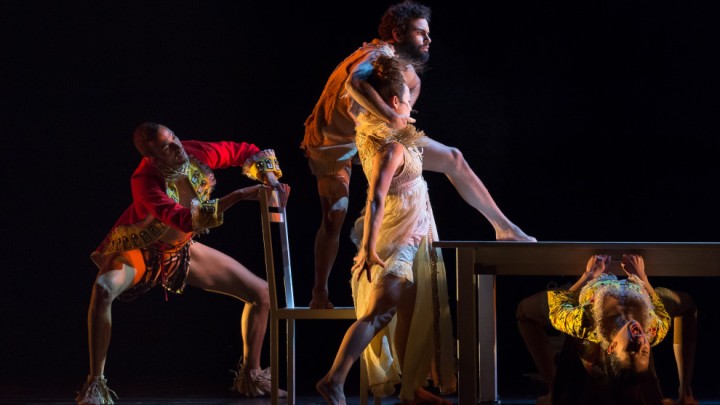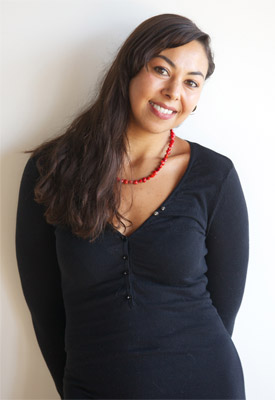
Next week, Bangarra Dance Theatre brings to Perth a remarkable triple bill. OUR land people stories is a new contemporary dance work showcasing the endless choreographic talents of the company and the infinite stories of Australia’s cultural heritage. Jasmin Sheppard’s Macq (first performed in 2013 during Dance Clan 3) is brought to the Heath Ledger Theatre, exploring the 1816 March of Macquarie – a historical chapter that decimated Sydney’s Aboriginal community. Sheppard gives us a little bit of insight into making a dance work about this tragic moment in Australian history.
How did you first learn of the 1816 March of Macquarie, and what kind of reaction did it spark within you?
I first learnt about the 1816 Massacres in around 2006, whilst living in Liverpool in Sydney’s west. There is a statue of the head of Macquarie there, and in discussing the statue with a friend and fellow artist, he told me about the massacres then. It is quite sad to say that I wasn’t surprised to hear of this news, there is all too much of it in our history.
 What about these events gave you the impetus to create a dance work based on it?
What about these events gave you the impetus to create a dance work based on it?
The more I asked people about the massacres, the more I realised that not only had very few heard of the event, but that Macquarie had a reputation as one of the fathers of Australia and was, and is, held in great esteem. I was driven by the need to tell the Aboriginal perspective of history, and to reveal this part which is seldom taught in schools.
What were the main ideas and emotions that you most wanted to express through this piece?
I wanted above all to tell the story with as much accuracy as possible. I also wanted to draw out the tragic emotion of the experiences that the Dh’arawal had during that time, but I also wanted to explore the multi-faceted parts of Macquarie. I was very conscious to not resort to plain good and evil, black and white. He was after all, close friends with many Aboriginal people and I wanted to nut out how it all went wrong, if he did indeed have any good intentions for his dealing with the Aboriginal people. I also wanted to bring light to the experiences of the Dh’arawal women. The military hit the men’s camp first after they were sent out, so it was the women who had to deal with the aftermath of the first killings.
What results or reactions were and are you hoping to see from audiences when you created Macq, and now that it’s touring Australia?
I wanted to share history with audience members. Particularly with those who live in Sydney. The reaction I am most thrilled to receive is when someone walks out with the feeling that they learnt something important and new, that if they had no idea this had happened, and that in seeing this side of history it has inspired them to question the version of history that we are given.
How did you feel going into the piece about choreographing for the first time? Do you foresee moving further into choreography in your career?
It felt quite natural, and yes, I hope to choreograph more works in the future.
You’ve toured the world as a dancer, both with Bangarra and other companies, so what experiences hold a special place in your heart, or were particularly formative or significant to you in your career? Any favourite places you’ve performed?
Difficult question! Each time we perform in the open air in remote Indigenous communities is incredibly special. The role of Patyegarang I performed in 2014 gave me a challenge to explore a character to a deeper level, but I have to say that each program brings a new challenge and opportunity to explore my craft. One other experience that has stuck out in my mind is performing ‘Rites’ in Paris with the Australian Ballet to Igor Stravinsky’s Rites of Spring at the Theatre Du Chatelet, This was the very theatre he first revealed that work and was booed out of the theatre. We did, however, receive a great response.
What role do you feel that Indigenous dance plays in the community, both in indigenous and non-indigenous communities?
Dance has always been an integral part of Indigenous culture, and still plays an important role in the way we express our deep connection to culture and country. I think dance is an intimate form of communication that doesn’t require words.
OUR land people stories runs from 20 – 23 July in the Heath Ledger Theatre at the State Theatre Centre of WA.
For more information about the production, visit Bangarra’s website here.
For tickets, visit Ticketek’s website here.
CICELY BINFORD
